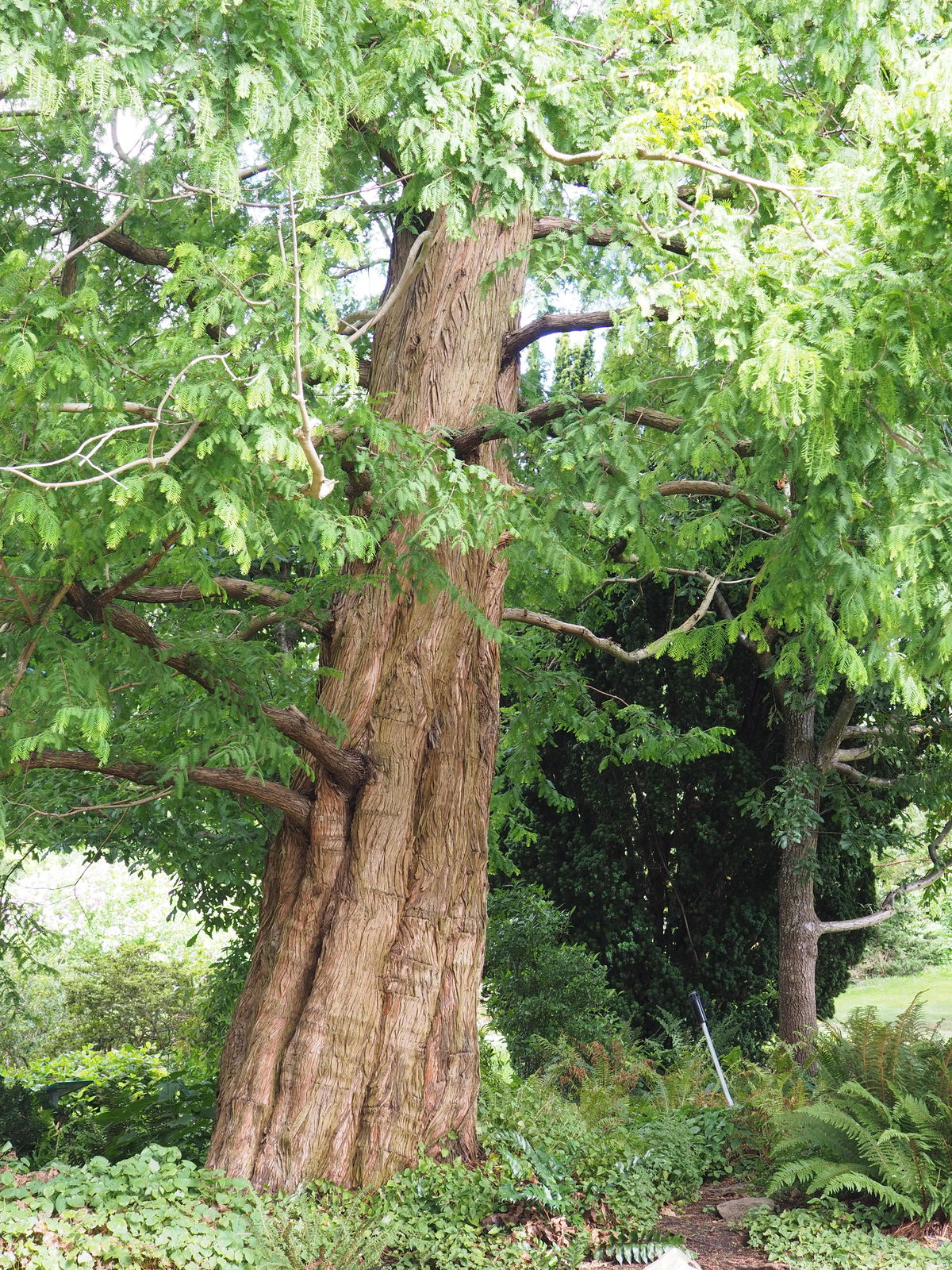
In common with the cones from the Miocene of John Day valley, once described by Rows, while being usually spiral in most other species.

"Remarks: The arrangement of the cone-scales in the present species is in longitudinal wide upper surface slightly furrowed along the midrib. "Leaves with decurrent base, sessile, arranged in 2 lines linear, bluntly mucronateĪt apex, 10 mm. Hexagonal, transversely grooved and radially wrinkled, 10 mm. 16 in number, arranged in 4 longitudinal rows, each row with 4 scales escutcheon "Description: Cone rather small, spherical, ca. His description and remarks are as follows: In 1936 Endo" pointed out for the first time a significant charaqter in aĬone of this type, assigned to S. That there are differences sufficient to justify establishing a new genus.12 Of other American fossil species one of my students has even suggested Sequoia cone is readily distinguishable from those of the living species and For some time it has been apparent that this type of brevifoliall from the Eocene of Greenland are also borne on stems nordenskioldi from the Eocene of Spitzbergen,9 and as S langsdorfiPl.Īnd S. In later years identical stalked cones have beenįound at other Tertiary localities in western North America, such as BridgeĬreek, Oregon, and Elko, Nevada some of the cones figured by Heer as (if it had had needles it could not have been properly so designated) had Pedicel." Lesquereux believed that the absence of needles on this "pedicel" Other American cones referred to Sequoia in its attachment on a "naked heerii by Lesquereux8 from beds of Oligocene age on Medicine Lodge Creek (Sage Creek), Montana, differs from The modern habitat of the coast redwood in California and Oregon.Ī fossil cone described as S. History, the paths of its migration southward have been charted.61 7 ItsĮnvironment in past ages has been reconstructed from comparisons with From the pattern of its occurrence during these later periods of earth Tertiary, and at high latitudes in rocks of older Tertiary and CretaceousĪge. Northern hemisphere, at middle latitudes in rocks assigned to middle kangsdorfii.5 DuringĮnsuing years the occurrence of Sequoia has been widely noted over the United States, including the widely distributed S. Lesquereux recognized several species of fossil Sequoia in the western Spitzbergen, Siberia, Sachalin, northern Canada and Grinnell Land.4īringing to North America much of the tradition of European paleobotany,

Were correctlv transferred to the genus Sequoia by Heer in 1855.3 HeerĪlso identified as members of this genus specimens sent to him from theĬollections of polar explorers, from Tertiary deposits in Greenland, Iceland,

Leafy shoots from the Oligocene of France, originally assigned to Taxites langsdorfii by Brongniart2 In many parts of the northern hemisphere. Naming and description of the coast redwood, Sequoia sempervirens, byĮndlicher in 1847,1 served as a prelude to the recognition of fossil redwoods The discovery of huge living trees in California in 1769, followed by the THE BEARING OF THE LIVING METASEQUOIA ON PROBLEMSĭEPARTMENT OF PALEONTOLOGY, UNIVERSITY OF CALIFORNIA, AND RESEARCHĪSSOCIATE, CARNEGIE INSTITUTION OF WASHINGTON


 0 kommentar(er)
0 kommentar(er)
